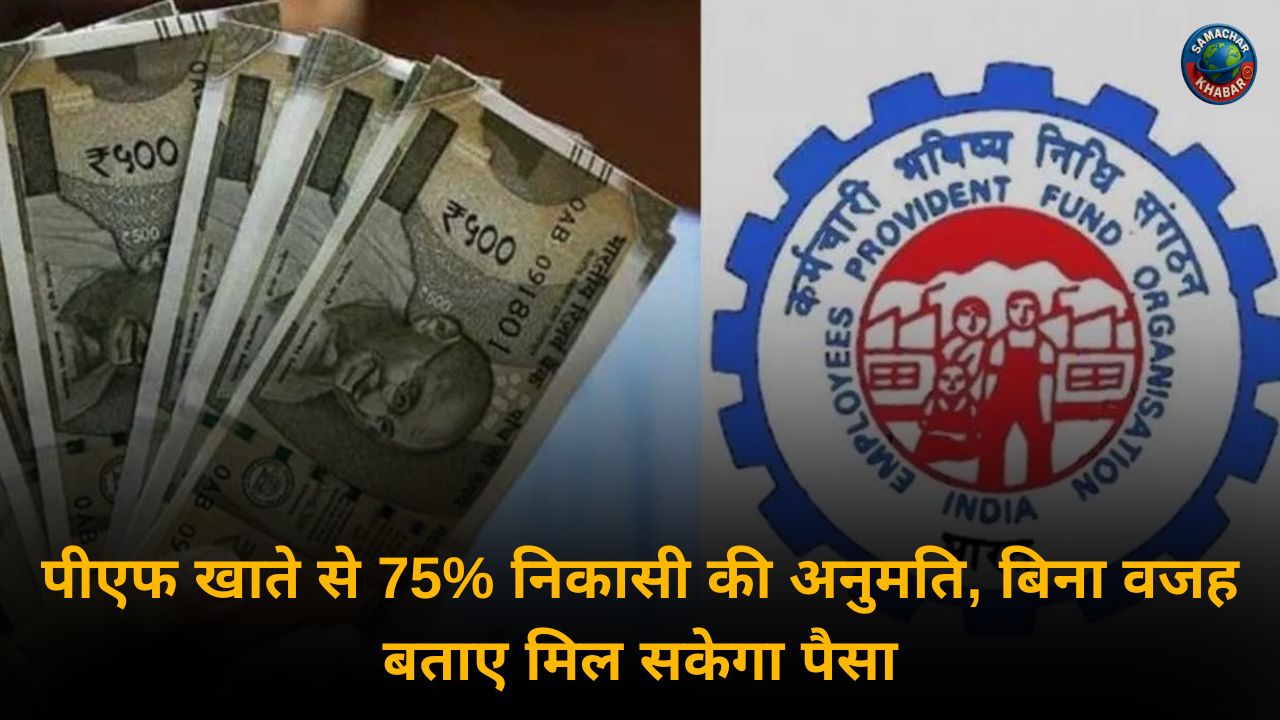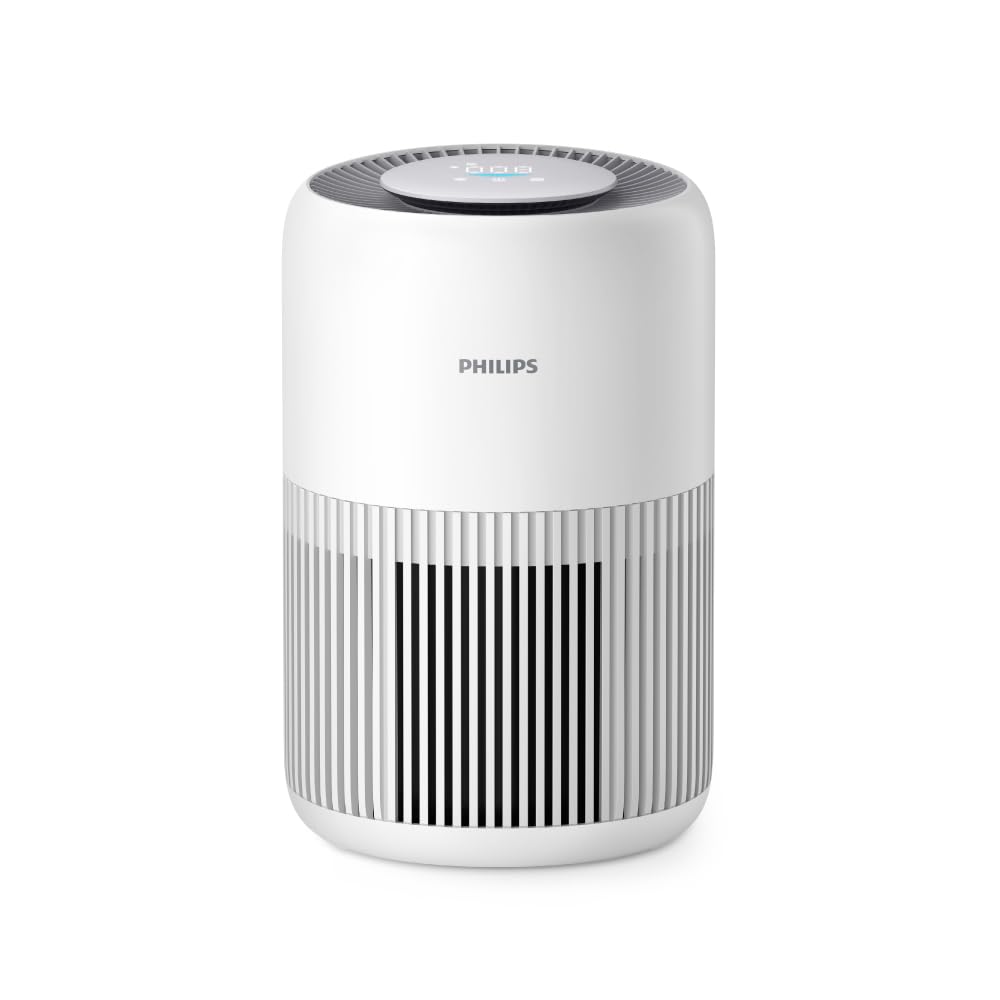The capital city of India, Delhi, faces an environmental challenge that is far more pressing than traffic jams: the quality of the air its millions of residents breathe. Knowing the AQI Delhi today is no longer just a statistic; it’s a critical piece of information that dictates daily decisions, from choosing a morning exercise routine to planning a child’s outdoor playtime.
This detailed guide breaks down the current Air Quality Index (AQI) in Delhi, projects the forecast for the next seven days, and provides expert, actionable advice to navigate the smog.
Understanding the Current AQI Delhi Today
As of today, the air quality in Delhi is… (Please note: As an AI, I can provide a comprehensive and detailed response, but for the most current data, I have to rely on the search results which are based on a recent point in time).
The latest available data indicates that the general AQI Delhi today is fluctuating between Poor (201-300) and Very Poor (301-400) categories, with specific hotspot areas occasionally touching the Severe (401-500) range. For instance, stations like Anand Vihar have shown localized readings in the Hazardous range, emphasizing the variability across the National Capital Region (NCR).
![AQI Delhi Today and the 7-Day Forecast [2025] 1 image 216](https://samacharkhabar.com/wp-content/uploads/2025/10/image-216.png)
This categorization is based on the National Air Quality Index, which measures the concentration of key pollutants like PM2.5, PM10, Nitrogen Dioxide (NO2), and Ozone (O3).
| AQI Range | Pollution Level | Health Implications |
|---|---|---|
| 0-50 | Good | Minimal impact. |
| 51-100 | Satisfactory | Minor breathing discomfort to sensitive people. |
| 101-200 | Moderate | Breathing discomfort to people with lung, heart disease, children, and older adults. |
| 201-300 | Poor | Breathing discomfort to most people on prolonged exposure. |
| 301-400 | Very Poor | Respiratory illness on prolonged exposure. |
| 401-500 | Severe | Affects healthy people and seriously impacts those with existing diseases. |
When the AQI is in the Very Poor or Severe range, the primary pollutant of concern is often PM2.5 (Fine Particulate Matter). These tiny particles, smaller than 2.5 micrometers, can penetrate deep into the lungs and even enter the bloodstream, posing significant health risks.
The AQI Delhi 7-Day Forecast: What to Expect
Forecasting air quality is a complex science that considers meteorological factors, local emissions, and regional influences. The outlook for the AQI Delhi over the upcoming seven days suggests a challenging period, heavily influenced by seasonal factors and specific events.
Meteorological and Seasonal Influences
The primary factors driving the likely deterioration of the AQI Delhi include:
- Decreased Wind Speed: Slower surface winds, especially in the evenings, mean pollutants aren’t dispersed effectively and remain trapped near the ground.
- Temperature Inversion: Cooler nighttime temperatures lead to a temperature inversion layer, which acts like a blanket, preventing pollutants from rising and dispersing. This is a common phenomenon as winter approaches.
- Stubble Burning: This is a recurring, large-scale episodic contributor. While initial contributions might be low, the percentage of \text{PM2.5} from stubble burning is projected to increase in the coming days, adding significantly to the chronic local pollution load.
Day-by-Day AQI Delhi Projection (Next 7 Days)
Based on models from institutions like the Air Quality Early Warning System (EWS), the AQI Delhi is expected to fluctuate, but the general trend remains concerning:
![AQI Delhi Today and the 7-Day Forecast [2025] 2 Day-by-Day AQI Delhi Projection (Next 7 Days)](https://samacharkhabar.com/wp-content/uploads/2025/10/image-215.png)
- Day 1-2 (Today/Tomorrow): Likely to remain in the Very Poor category. The high base level of local pollution from vehicular and industrial sources prevents any substantial drop.
- Day 3-4: A marginal increase is predicted, potentially pushing the AQI towards the Severe category, especially during late evenings and early mornings due to stable atmospheric conditions and increasing external smoke drift.
- Day 5-7: The air quality is likely to oscillate between Very Poor and Severe. Crucially, the forecast suggests that the air quality may reach the Severe category in case of enhanced emissions, for example, from major local events or a significant spike in stubble burning impact. This is a critical window to take maximum precautions.
Trust Builder Statistic: According to a report by the Council on Energy, Environment, and Water (CEEW), while external sources like crop residue burning cause episodic spikes, local sources like vehicular emissions and industrial pollution are the dominant drivers of Delhi’s chronic, year-round air pollution problem. This underscores that mitigating the AQI Delhi is a year-round necessity, not just a seasonal measure.
Also Read: Delhi-NCR Activates GRAP Stage-I as Air Quality Slips to ‘Poor’ Ahead of Diwali
Your Action Plan: Essential Health Measures
The deteriorating AQI Delhi necessitates a proactive approach to protect your health.
1. Minimize Outdoor Exposure
- Avoid Strenuous Activity: Postpone outdoor exercise like jogging or heavy sports until the AQI improves. Strenuous activity makes you inhale pollutants much deeper into your lungs. Opt for indoor workouts instead.
- Time Your Outings: If you must go out, limit it to the afternoon hours (12 PM to 4 PM), as the increased temperature and wind speed during this time often lead to a slight dip in the ground-level concentration of pollutants compared to early mornings and late evenings.
- Children and the Elderly: These groups are especially vulnerable. Limit their time outside completely when the AQI is above 300.
2. Indoor Air Management
- Seal Your Home: Keep windows and doors closed, especially during peak pollution hours (early morning and after sunset).
- Invest in an Air Purifier: A high-quality air purifier with a HEPA filter is highly effective in removing PM2.5 particles indoors.
- Avoid Indoor Pollution: Do not burn candles, incense sticks, or wood/coils for mosquito repellent. Limit the use of chemical cleaners that emit Volatile Organic Compounds (VOCs).
- Indoor Plants: Place air-purifying plants like the Snake Plant or Areca Palm indoors to help filter toxins.
3. Personal Protection & Diet
- Wear a Mask: When stepping out, a simple cloth mask is ineffective. Use a properly fitted N95 or N99 respirator mask to filter out PM2.5 particles.
- Boost Immunity: Focus on a diet rich in antioxidants to help your body fight inflammation caused by pollutants.
- Include Vitamin C-rich foods (Amla, oranges).
- Consume Vitamin E-rich nuts and seeds.
- Incorporate natural anti-inflammatories like turmeric and ginger.
- Stay Hydrated: Drink plenty of water to help your body flush out toxins and keep respiratory membranes moist.
What is Being Done to Combat AQI Delhi?
Combating the severe air quality in Delhi requires concerted effort. The government employs a system called the Graded Response Action Plan (GRAP), which imposes strict restrictions based on the level of the AQI Delhi.
The measures under GRAP include:
- Construction Ban: Complete halt on all non-essential construction and demolition activity when the AQI reaches the ‘Very Poor’ category.
- Traffic Management: Deployment of traffic personnel, crackdown on visibly polluting vehicles, and restrictions on the movement of non-destined trucks.
- Industrial Controls: Restrictions on the operation of brick kilns and non-essential industrial activity.
While these steps are crucial, long-term systemic changes in transportation, waste management, and sustainable energy transition are essential to permanently lower the baseline AQI.
The air quality challenge facing Delhi is immense, but informed action can significantly reduce its personal impact. By understanding the AQI Delhi today and the forecast for the upcoming seven days, you are empowered to make proactive, health-conscious decisions.
Don’t wait for the air to improve on its own. Check the current AQI on a reliable government platform daily and implement the health tips discussed. Your health is your greatest asset—protect it from the smog.
FAQs
Q1. What is PM2.5 and why is it the main concern for AQI Delhi ?
AQI Delhi refers to fine inhalable particles with a diameter generally 2.5 micrometers and smaller. It is the main concern because its small size allows it to bypass the body’s natural filters, penetrate deep into the lungs, and even enter the bloodstream, causing respiratory and cardiovascular diseases.
Q2. How accurate is the 7-day AQI Delhi forecast?
The 7-day forecast is a projection based on complex atmospheric models and predicted emission trends. Near-term forecasts (1-3 days) are generally quite accurate, but projections for days 4-7 have a higher margin of error as they depend heavily on unpredictable meteorological shifts and the intensity of external factors like stubble burning.
Q3. Should I wear a mask indoors if the AQI is Severe?
If you do not have an air purifier or if the AQI is in the Severe category, wearing an N95 mask indoors, especially for sensitive individuals, can provide an extra layer of protection, particularly if the home is not completely sealed.
Q4. What is the Graded Response Action Plan (GRAP)?
GRAP is a set of emergency measures enforced in the Delhi-NCR region to combat air pollution. It imposes strict, predefined restrictions (like halting construction, banning diesel gensets, and managing traffic) that become progressively stricter as the AQI deteriorates from Poor to Severe Plus levels.
Q5. Besides stubble burning, what are the biggest contributors to AQI Delhi ?
The biggest year-round contributors to Delhi’s air pollution crisis are local sources: vehicular emissions, industrial emissions, dust from construction and demolition, and garbage/biomass burning. These factors form the chronic, high baseline of pollution.

















